Family Recipes: Fresh Pasta
As promised, here is the family recipe for fresh pasta. It comes from a little cookbook of recipes from Southern Italy, specifically the town of Roseto in the Province of Foggia. Many Italians immigrated from this town and established a sister town of Roseto, Pennsylvania. This cookbook was created to preserve traditions and recipes for the immigrant relatives and families. In the preface to the cookbook, it says how important Rosetans held their culture to be. Homemade food "prepared in the peasant tradition, yet "fit for a king'" was a dominant part of this.
Roseto, Italy was my husband's Nonna's hometown. She thought this cookbook a good one and liked how it preserved a sense of the Rosetan way of life. When Mom Barrows (nee Fontana) began making pasta on her own, Nonna and her Zia Miuccia recommended the pasta recipe in this cookbook as a good one to follow. She has used it ever since.
I made pasta a few times before marrying (pasta and bread have always been great loves of mine!) and tried out a few other recipes as a new bride (and clearly a silly one too -- why didn't I ask for the family recipe off the bat?!). No surprise, Nonna and Zia Miuccia knew what they were talking about. This recipe is yummy (more than a few recipes I tried as the silly newlywed lacked flavor), is no-fuss (the recipe I did like as that silly newlywed called for egg yolks, so...to make it on a regular basis resulted in an annoying excess of egg whites), and is great to work with (so much so that we make it on a weekly basis).
About making this on a regular basis. It is one more step along the way when you start making more and more food from scratch. Initially, it seems incredibly daunting and time-consuming. But, the more you make it, the easier and more manageable it becomes. Then, the taste. Fresh pasta is so delicious! You eventually become spoiled.
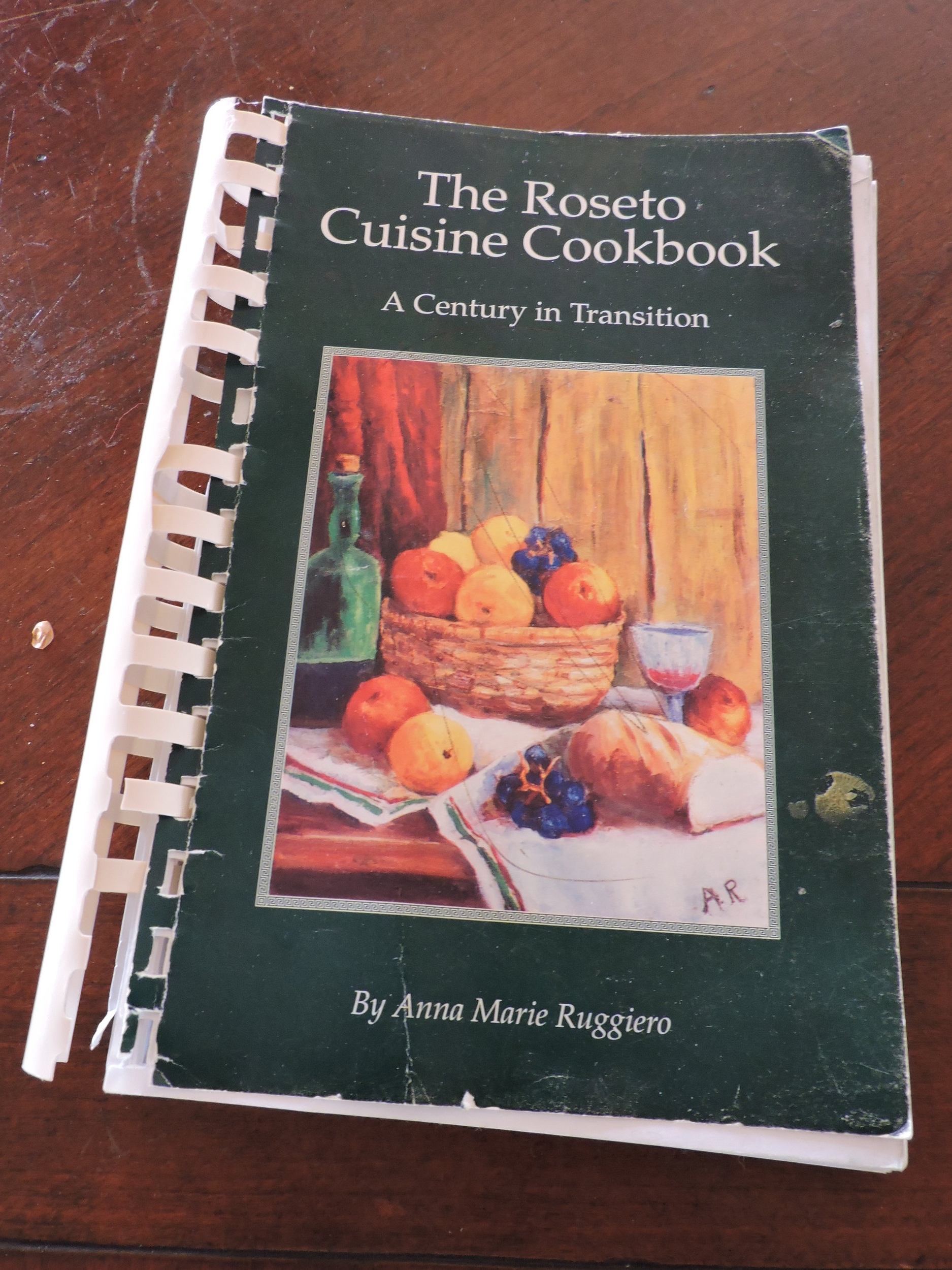
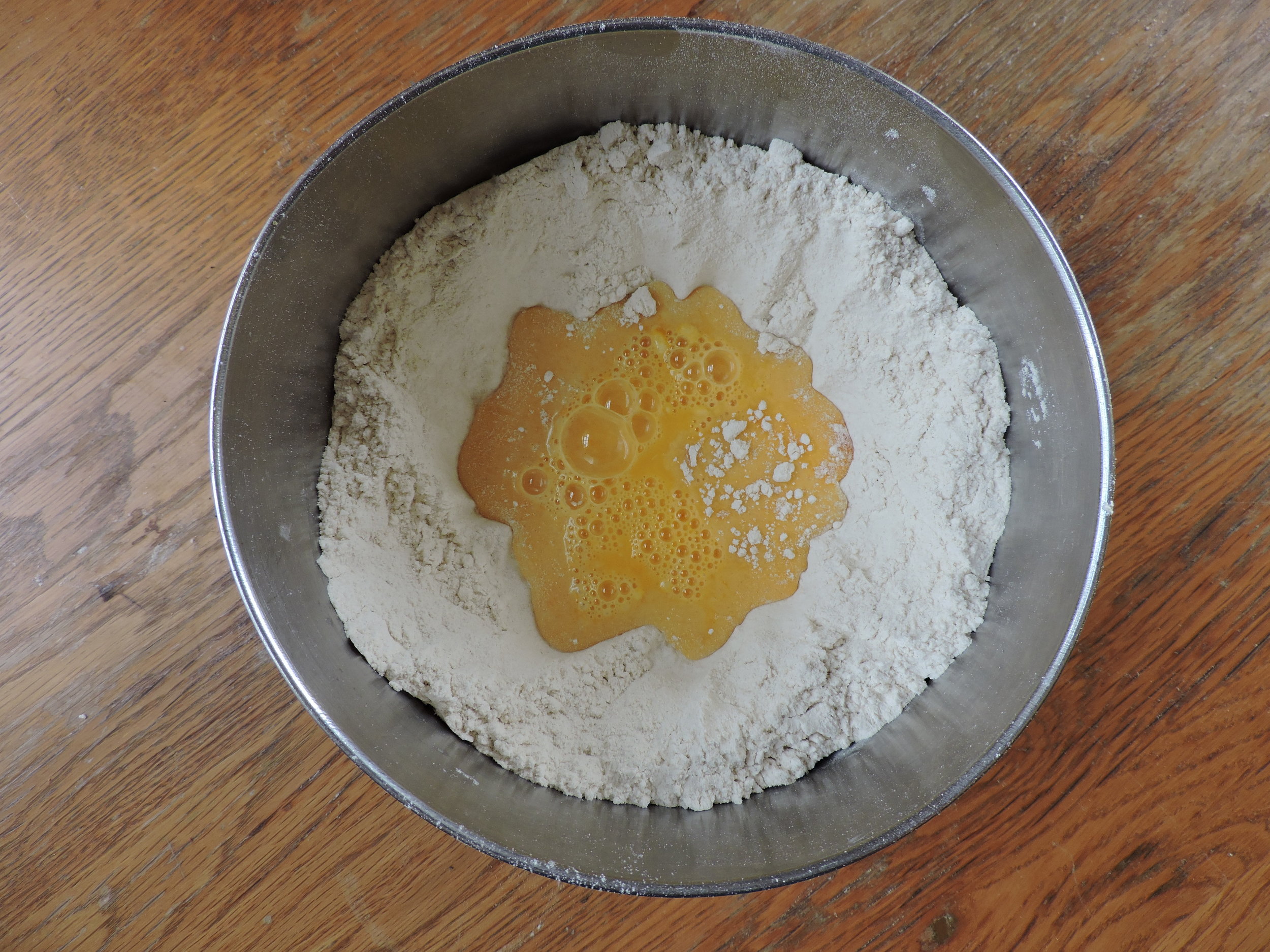
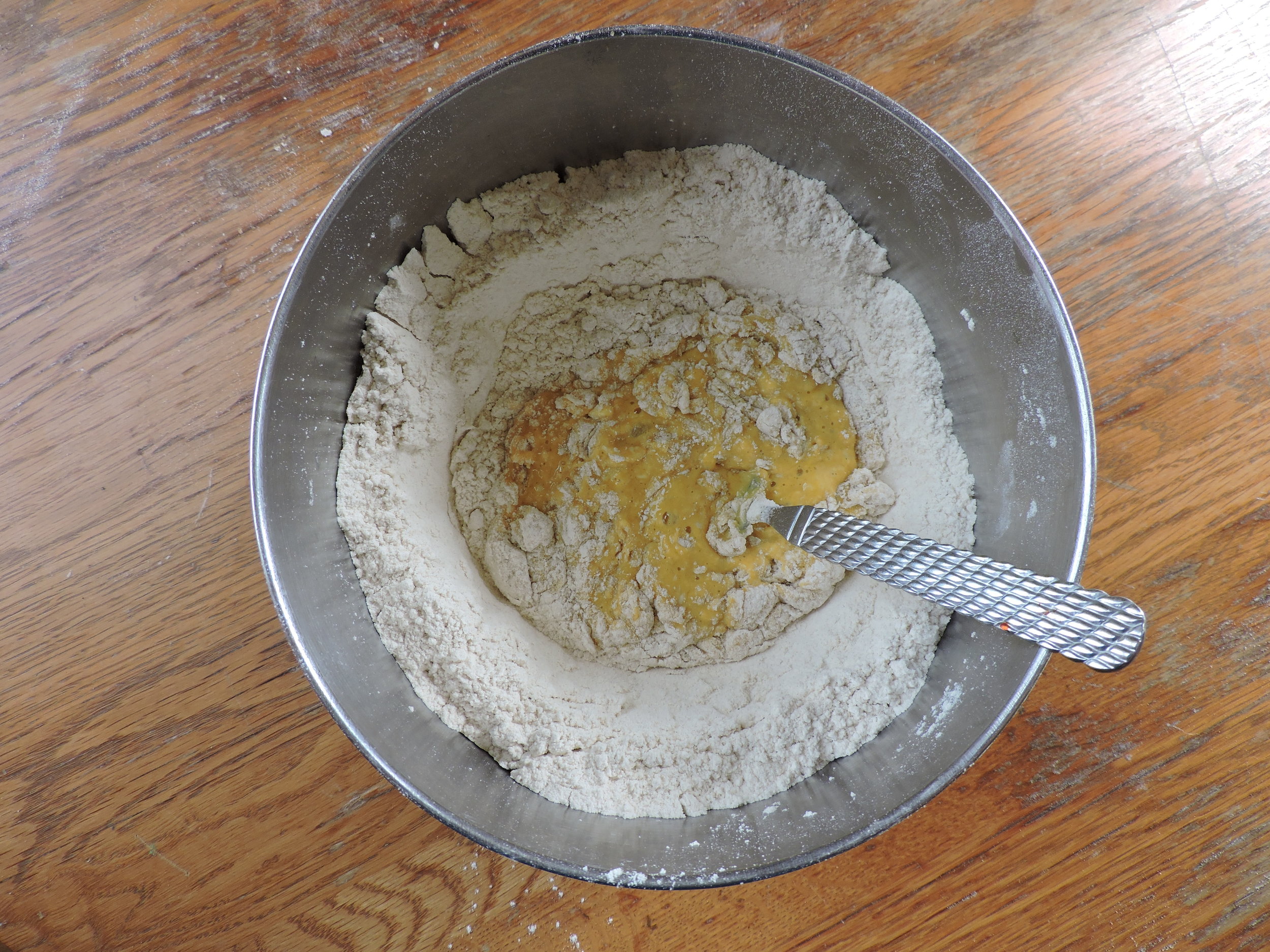
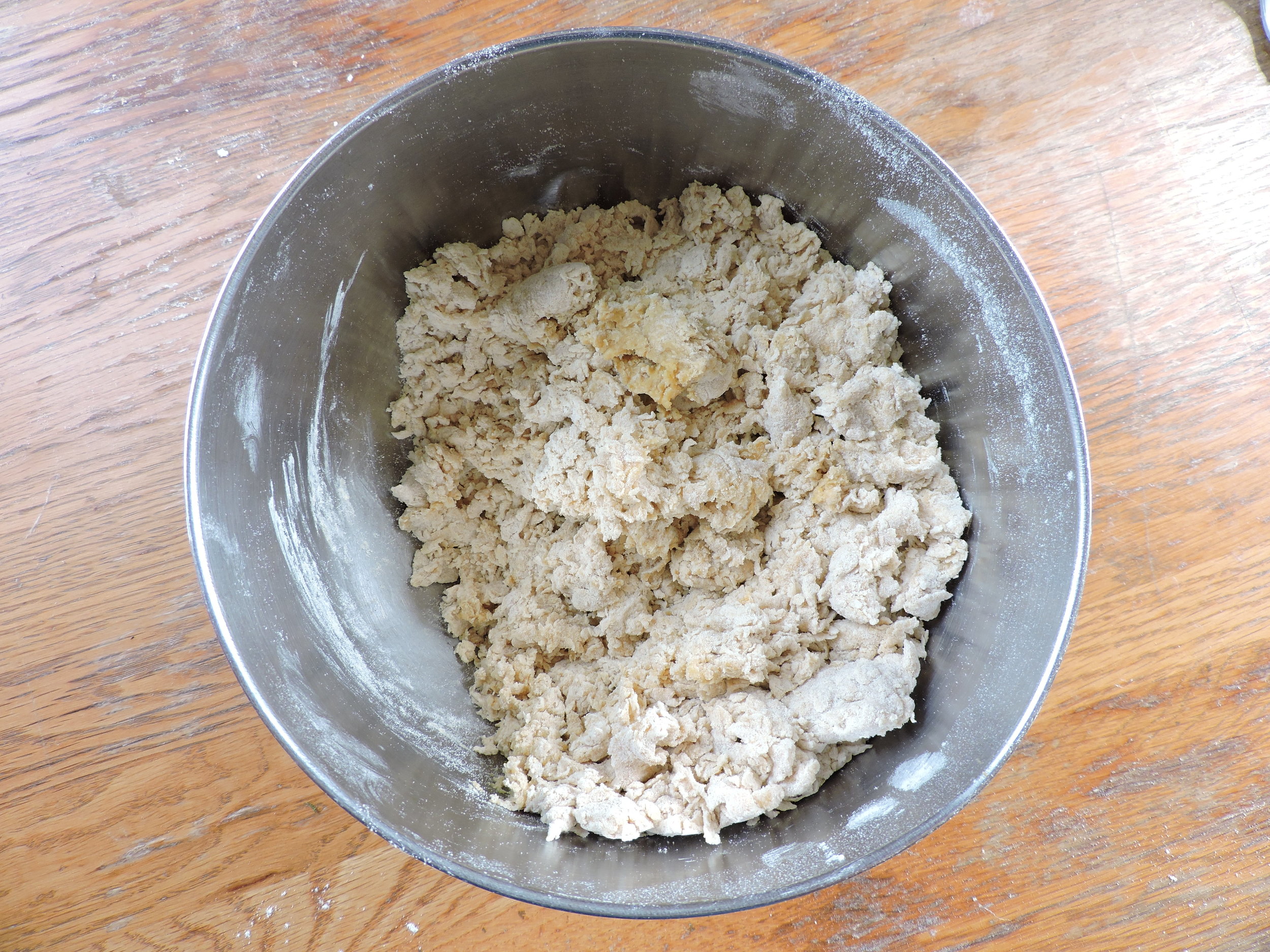
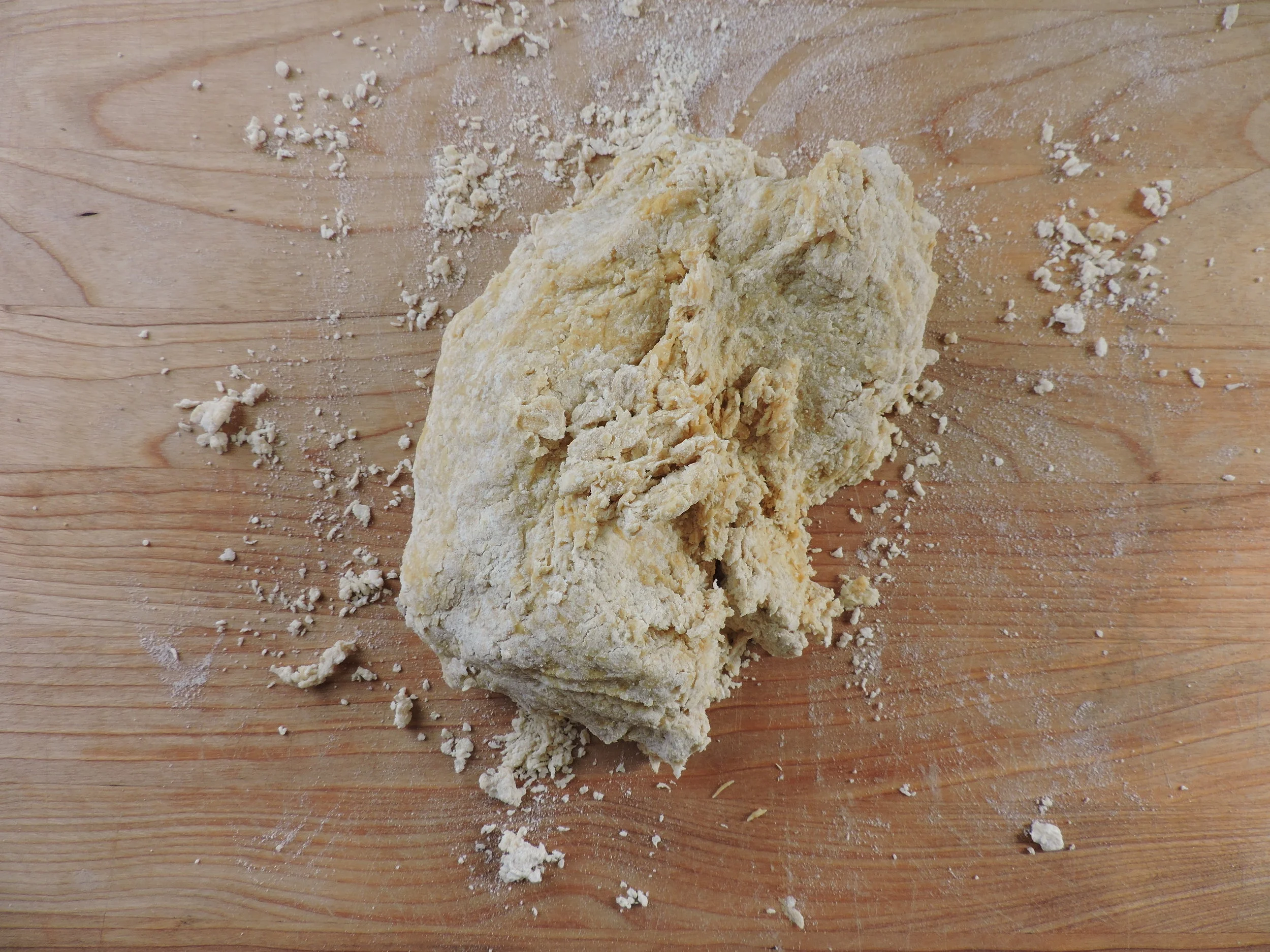
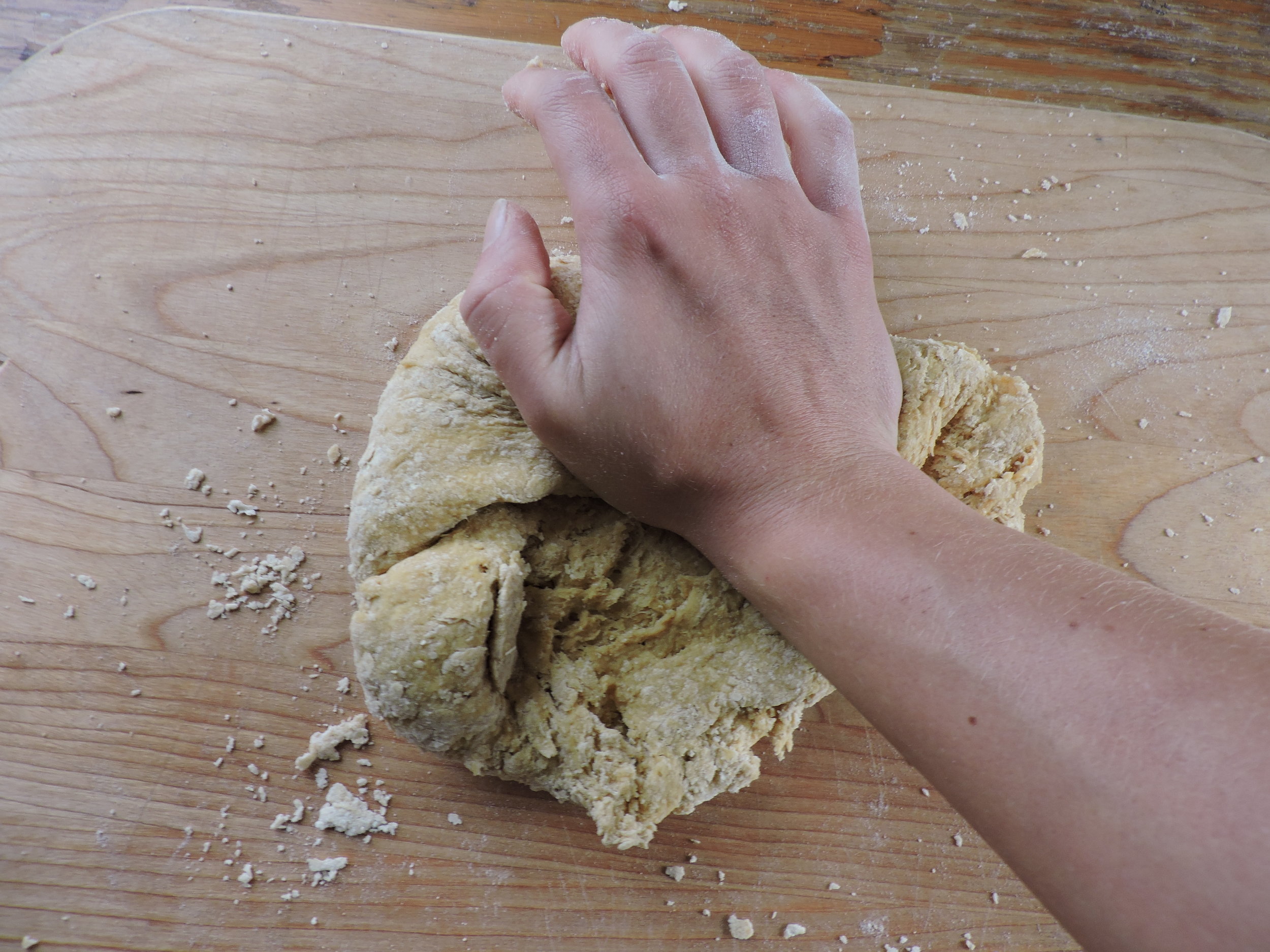

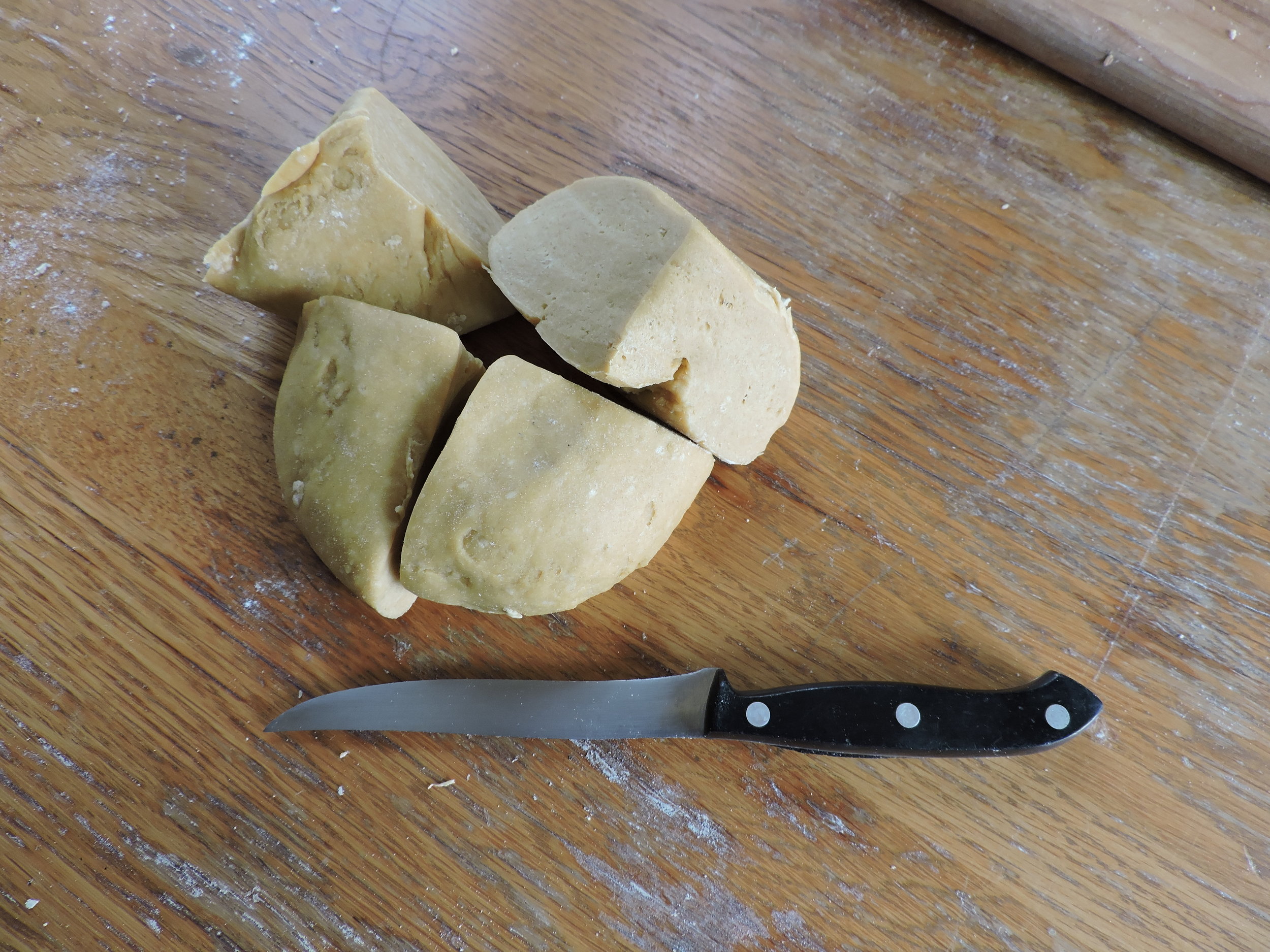

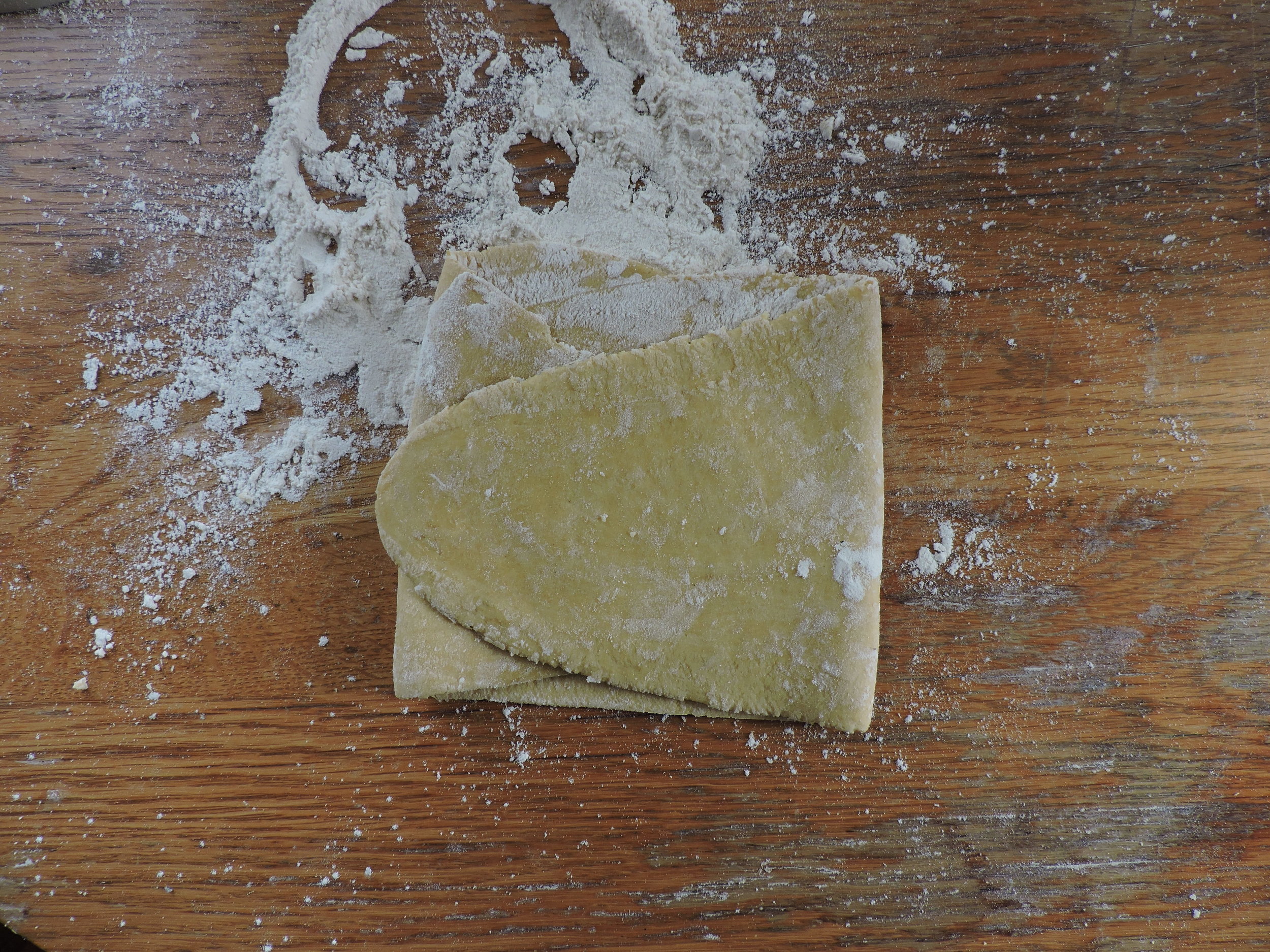
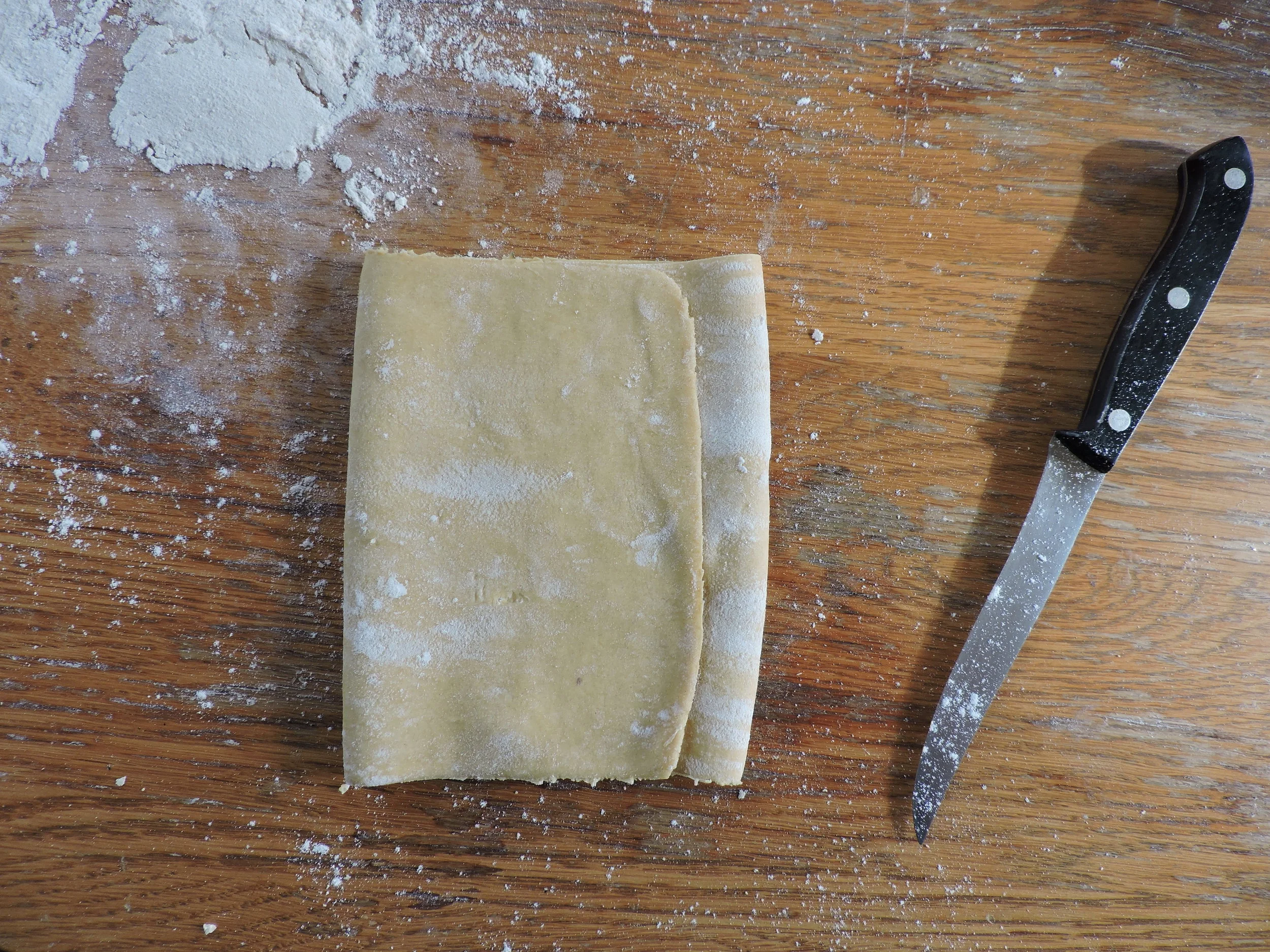
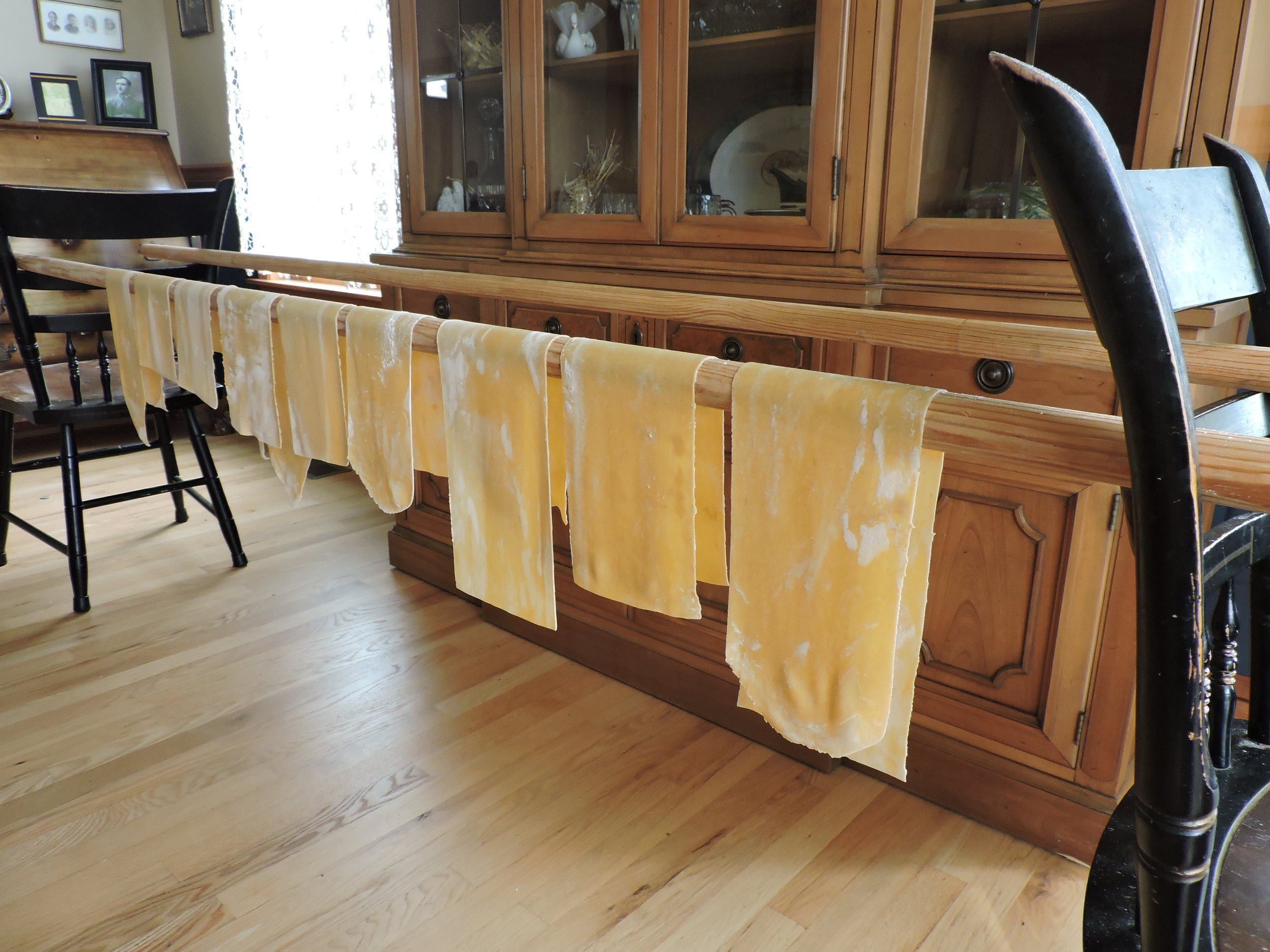
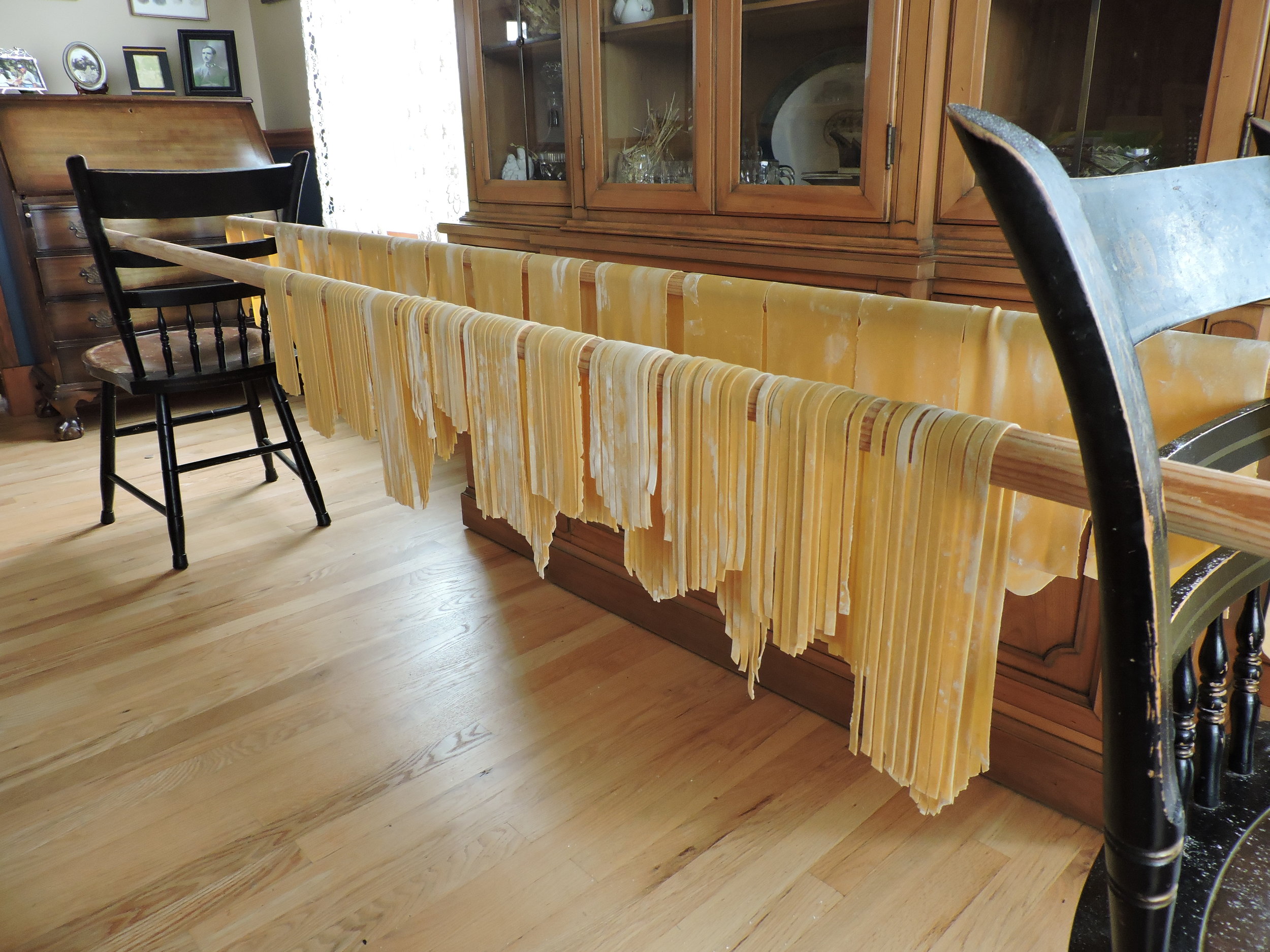
Fresh Pasta
Makes 1-1.5 pounds
Ingredients:
3 cups flour
1/2 tsp. salt
3 eggs
1/4 cup water
Instructions:
Mix salt and flour together in a bowl.
In liquid measuring cup, measure water. Add eggs and mix well.
Make a well in flour mixture. Pour in egg mixture. Using a fork*, slowly incorporate flour into the egg mixture. Keep mixing (you'll probably have to scrape dough off the fork at least once) until the mixture is crumbly. Turn out onto clean surface and knead until dough comes together and all the flour is hydrated. Cover and let rest about an hour.
When dough is rested, divide into four pieces. Working with one piece at a time, flatten to a rough oblong shape. Feed into pasta roller on lowest setting (1 on my Kitchen Aid pasta attachment). Trifold* dough and feed through setting 1 again. Repeat. Feed through setting 1 a last time, this time without a trifold. Continue to feed dough through pasta roller (without a trifold), increasing the setting after each feed through. Make sure to keep dough sufficiently floured. For standard pasta, go to setting 5. For a lighter, more delicate pasta (or to feed more mouths), go to setting 6.
Once dough is rolled out, cut to more manageable sheets and hang to rest. Roll out remaining pieces.
After all the dough is rolled out, replace roller attachment with cutter attachment. Starting with the pasta sheets that were hung first, feed dough through cutter attachment, catching the pasta as it comes out. Hang up cut strands to dry. Continue with remaining sheets of pasta.
Once all the pasta sheets are cut, bring 4 quarts of water and salt to boil*. Once water is boiling, add pasta and cook for 1-2 minutes. Drain, then toss with sauce and enjoy.
*You can also use a stand mixer to mix the dough with the paddle attachment then hand knead as directed above or simply use the dough hook to do the whole task.
*This is a personal embellishment. I like to trifold the dough as I find it helps with the kneading process when rolling out the dough, keeps the dough a suitable width for the roller, and avoids air bubbles in the dough.
*You can leave the pasta to dry for future use. When the strands are completely dry, move into an airtight container. Or, as Mom Barrows and her siblings do when they make bunches of batches for holidays in advance, gently lay the dried pasta in a lined basket or box and store in a dry place.









